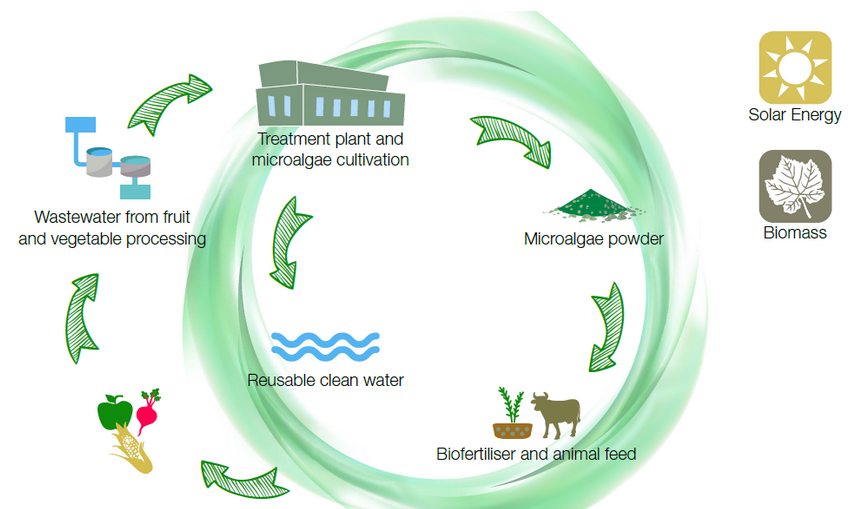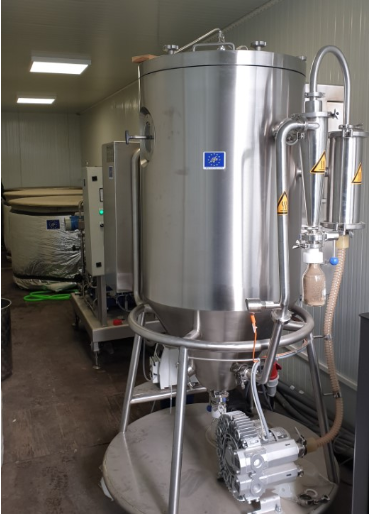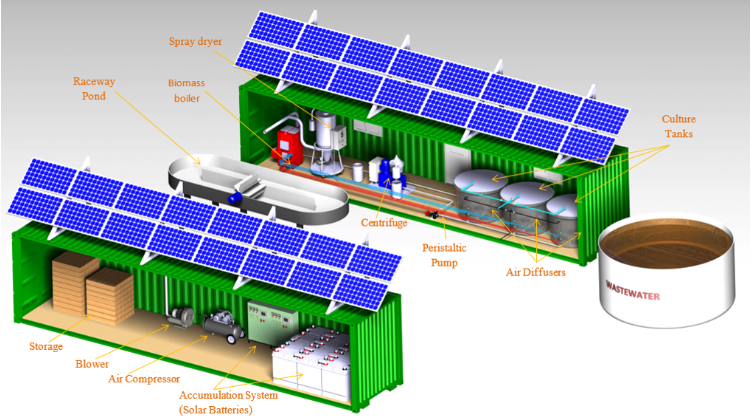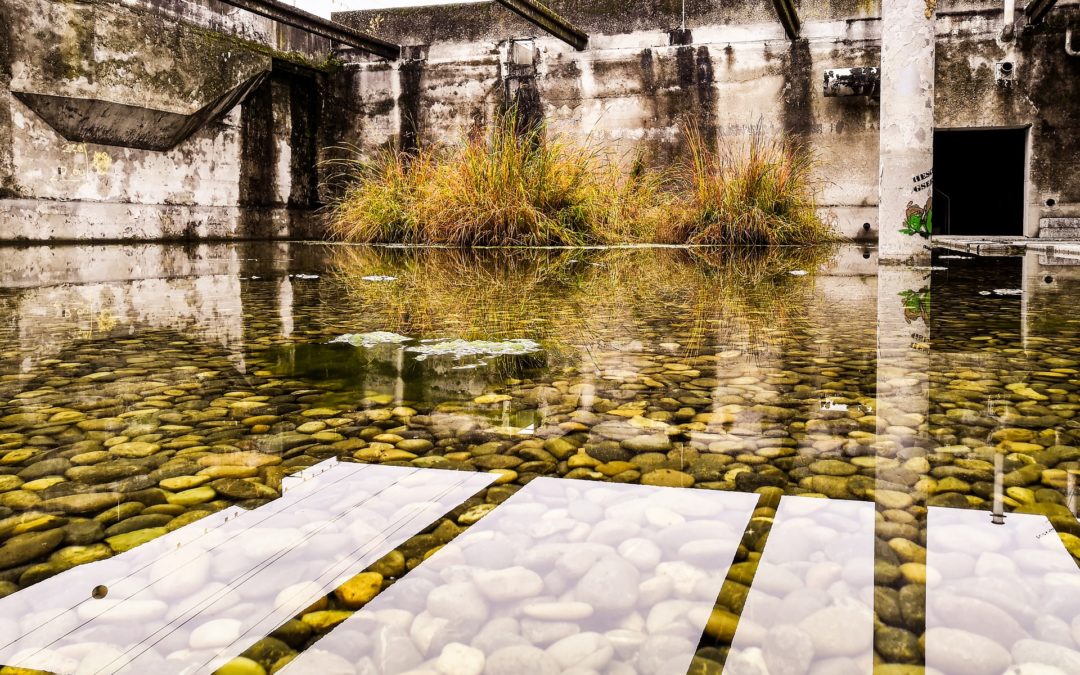Microalgae here, microalgae there. It is so rare not to have come across any news about the exploitation and the thousand uses of these microorganisms that a few years ago we simply knew as those that dye salty and sweet waters green.
Microalgae are a very beneficial source for humanity, extending their application to fields such as food, agriculture, aquaculture, pharmacology and cosmetics, among others. They can also generate clean energy and second-generation biofuels, thereby contributing to the development of the circular economy.
They can grow autotrophically or heterotrophic. In the first, they use sunlight as an energy source and CO2 as an inorganic source of carbon, consuming nutrients and producing oxygen. While in heterotrophic growth mode the only source of energy or carbon is organic compounds.

Heterotrophic microalgae have great potential to remove organic carbon and various types of nitrogen and phosphorous compounds from wastewater, which use it as a source of carbon and energy without the need for sunlight. It is, therefore, a great opportunity to purify wastewater without requiring large areas, as in the case of autotrophic conditions.
LIFE ALGAECAN Project
With the LIFE ALGAECAN project, coordinated by CARTIF, a new sustainable treatment of residual effluents from the agri-food industry is proposed through the cultivation of heterotrophic microalgae, obtaining a high-quality by-product as raw material and of commercial interest. This by-product aims to be useful as a biofertilizer and / or animal feed.
Microalgal biomass contains micro and macronutrients, especially nitrogen, phosphorous and potassium, which can be considered as a biofertilizer, a product that can help improve soil fertility and stimulate plant growth.

The pilot plant has been installed and operating for six months at the Huercasa company facilities, in Segovia (Spain), carrying out a treatment of its residual water from the washing and processing of vegetables and achieving the profitable growth of heterotrophic microalgae in closed tanks .
This demonstration plant is capable of carrying out a treatment of 2m3 a day through the cultivation of microalgae; a separation by centrifugation of the algal biomass and clean water and, lastly, a spray drying of this biomass obtaining microalgae powder as the final product.
Is this treatment environmentally and economically beneficial?
The project consortium has designed and developed this prototype treatment, powered by renewable energies, specifically solar energy and with the support of biomass, with the aim of minimizing the carbon footprint and operating costs.
On the other hand, an economic benefit will be obtained with the sale of the microalgae obtained as a biofertilizer.
The results obtained have been favorable so far, given that a purified water is being achieved within the legal parameters of discharges, in addition to the complete elimination of the sludge that is generated in the traditional process of purification of this type of water in conditions aerobics. This translates into a good option as a treatment for companies with this type of effluent and its possible escalation at an industrial level.

The ultimate goal of the project is to replicate its results elsewhere and for the next six months the plant will be operating in the second demonstrator at the VIPÎ company facilities in Slovenia, where the environmental conditions are different.
The project consortium is made up of the CARTIF Technology Centers (as coordinator) and AlgEn (Slovenia), the companies HUERCASA (Spain) and VIPÎ (Slovenia), and the University of Athens (Greece).
